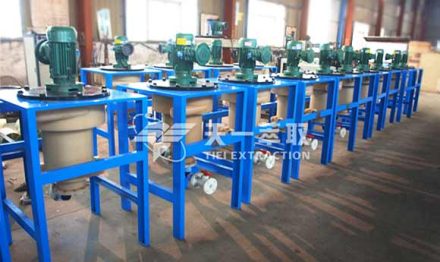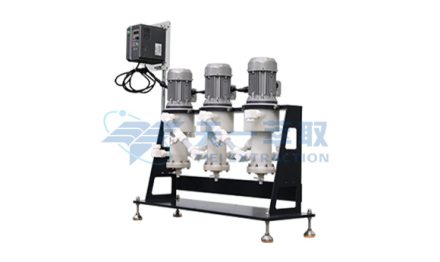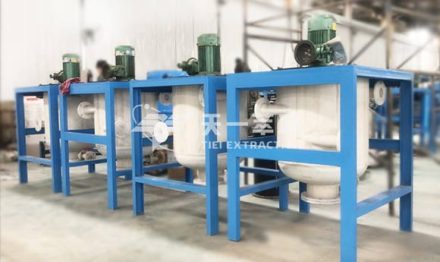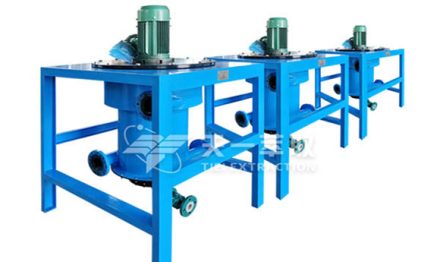
- About Us
- Equipment
- Solution
- Cases
- News
- Service
- Contact us

Insight into the current events of the day and collect industry hotspots
The main forms of titanium in the earth’s crust are titanium dioxide and titanate, and usually coexist with fe, ca, mg, si, al, mn and rare earth elements. According to statistics, there are more than 140 kinds of titanium minerals,…


In the field of wet phosphoric acid purification, the leap from laboratory-scale trials to industrial-scale production is fraught with a significant gap that must be bridged with reliable technology and equipment. A certain wet-process phosphoric acid project, with an ambitious…

In the synthesis of pharmaceutical intermediates and the purification of active pharmaceutical ingredients (APIs), n-butanol is widely used as an extraction solvent. However, during liquid–liquid extraction and separation from the aqueous mother liquor, three major technical challenges are commonly encountered:…

With the rapid development of the new-energy industry, efficiently recovering valuable metals such as nickel and cobalt from spent lithium batteries has become a crucial step in resource regeneration. Faced with the surging volume of retired batteries, how to efficiently,…

In chemical production, washing extraction is a key step that directly affects product purity, operational efficiency, and cost control. Traditional reactors, though widely used, suffer from several limitations—batch operation, low separation efficiency, large footprint, and high solvent consumption—now becoming bottlenecks…

In numerous industrial sectors such as metallurgy, electroplating, battery manufacturing, and titanium dioxide production, the treatment and recycling of waste acid have long posed challenges that involve both environmental pressures and economic burdens. Among these challenges, the efficient and economical…

Each ton of waste circuit boards contains up to 30% base metals and 0.4% precious metals, with copper, gold, silver, and palladium being particularly valuable. Improper disposal of this discarded electronic waste will severely pollute soil and groundwater; however, scientific…


Leave your questions and we will get in touch with you as soon as possible